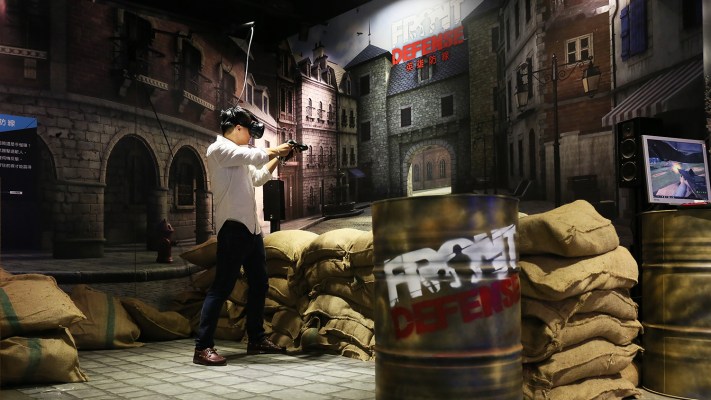Arcades haven’t really been popular in the States since the 90s. As gaming consoles have gotten cheaper, it just became a lot easier for people to have advanced gaming experiences without leaving their living room. With virtual reality, systems are still quite costly and there’s an opportunity to charge consumers to check out content in a pay-per-use manner.
HTC wants to bring the arcade back to America with a modern VR twist by focusing efforts on movie theaters where people are already used to paying a premium for a quality entertainment experience.
Even while looking to a future in American markets, there’s quite a bit of work to do with the Chinese market in terms of getting large and small entertainment centers onboard with a way to easily purchase commercial licenses for games. Viveport Arcade is initially launching in China and Taiwan and will roll out to thousands of locations by the end of 2017.
“Viveport Arcade will represent a more than $100 million market opportunity for VR developers in the next two years,” said Rikard Steiber, President of Viveport and SVP of Virtual Reality at HTC. “From the largest amusement centers to arcade installations at family entertainment locations, virtual reality is clearly becoming the next big draw for entertainment. We believe this will be a cornerstone in democratizing access to high-end virtual reality and turning curious consumers into longtime fans.”
Earlier this week, HTC showed off a huge gaming arcade they have built in Taiwan called Viveland.
The storefront is initially launching with 120 titles, including updated versions of two of the more popular VR titles available for the Vive currently, Phosphor Games’ The Brookhaven Experiment and Sólfar Studios’ Everest VR.
Ultimately, VR arcades are already a reality in China and across Asia and that presents a huge market for HTC as they build up brand loyalty and a user base for future systems. How this strategy affects a future rollout in the US depends a lot on what they learn in China where the infrastructure is already there.
